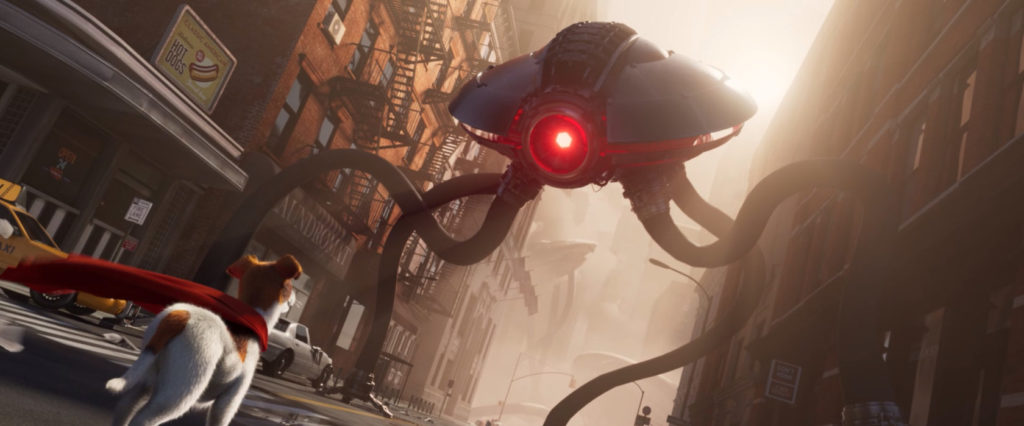Hi guys! Check out our new How to lesson by Yana Abramova.
Illustration in Adobe Illustrator Quick Guide
Breaking down an illustration in Adobe Illustrator typically involves dissecting the different elements and layers used to create the artwork. Here’s a step-by-step breakdown of how you can analyze an illustration in Adobe Illustrator:
- Open the illustration: Launch Adobe Illustrator and open the file containing the illustration you want to break down. Navigate to “File” > “Open” and locate the file on your computer.
- Identify layers: Look at the Layers panel (Window > Layers) to see how the artwork is organized. Layers help separate different elements, making it easier to work on individual parts of the illustration. Expand the layer groups to reveal their contents.
- Analyze grouping and subgroups: Within the Layers panel, examine how objects are grouped together. You may find primary groups that contain major components of the illustration, and within those groups, subgroups that further organize the elements.
- Examine objects within groups: Select each group or subgroup individually and look at the objects on the canvas. Observe how objects are layered on top of each other and how they interact to create the final composition. You can also use the Selection tool (V) to click on specific elements to see their attributes in the Control panel or the Appearance panel.
- Check for compound paths: Compound paths are objects that have multiple closed paths combined into a single shape. They are commonly used to create complex shapes or combine multiple objects into one. Identify any compound paths in the illustration and understand how they contribute to the overall design.
- Analyze strokes and fills: Pay attention to the stroke and fill attributes of each object. Note the color, weight, and style of strokes, as well as the color and opacity of fills. This analysis helps you understand how different elements are visually defined and how they contribute to the illustration’s aesthetics.
- Inspect effects and appearances: Illustrator offers various effects and appearances that can be applied to objects, such as shadows, gradients, and blending modes. Examine the Appearance panel (Window > Appearance) to see if any effects have been applied to the illustration. Understanding these effects provides insights into the specific visual treatments used.
- Study anchor points and paths: Zoom in and examine the anchor points and paths of individual objects. This step helps you understand the intricacies of the illustration’s linework, curves, and shapes. Select the Direct Selection tool (A) to manipulate and study individual anchor points.
- Observe color swatches and gradients: If the illustration uses specific color schemes or gradients, locate the associated swatches or gradients in the Swatches panel (Window > Swatches) or the Gradient panel (Window > Gradient). Analyzing the color choices and gradients used can provide valuable insights into the overall color harmony and mood of the artwork.
- Take notes and document findings: As you go through the illustration, take notes on the different layers, objects, effects, colors, and any other observations you make. This documentation will help you understand the illustration’s construction and serve as a reference for future work or analysis.
By following these steps, you can break down an illustration in Adobe Illustrator and gain a deeper understanding of its composition, structure, and visual elements.
Learn how to create vibrant and informative illustrations for your animation projects. Tell stories better than ever!
ONLINE COURSE
Illustration
for Animation
A Story of an Artist to Inspire Creativity
Yay! We’ve done it! Our animated short is ready. It was an incredible journey for our team and we are proud to announce that our short has already been officially selected for Beverly Hills Film Festival and we expect more to come. This work is dedicated to the CG community and to the never-ending struggle […]
CC Bend It Effect in After Effects
There are many ways to bend the objects inside after effects. It can be pin tools, warp effects, and many external plugins.But usually, it’s much better to use the native CC Bend It Effect. Enjoy! How to create Bend It Effect in After Effects The “Bend It” effect is not a built-in effect in Adobe […]
Fake 3d Rotation in After Effects
We’ve decided to recreate the famous fruit ninja game. In this quick tip you will understand how to make fake 3d rotation of the fruits. Mastering the Art of Fake 3D Rotation in After Effects: A Step-by-Step Guide Creating a fake 3D rotation effect in After Effects involves manipulating 2D layers to simulate a three-dimensional […]



